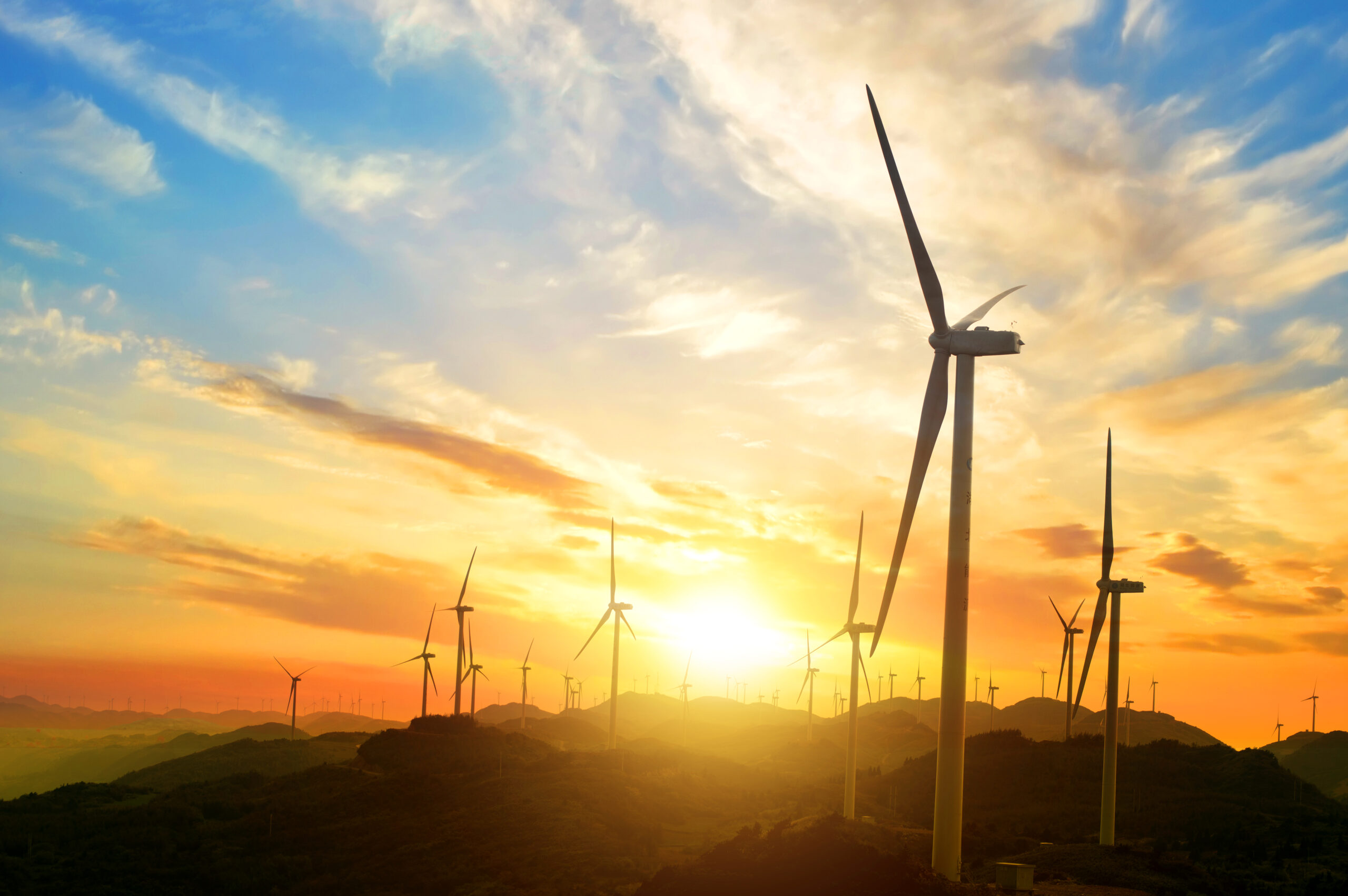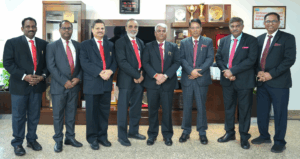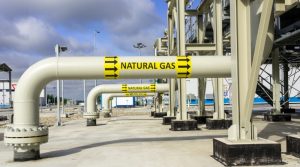By Enersider Desk | New Delhi
India’s renewable energy sector is entering a new phase focused on strengthening system reliability and integration. After a decade of rapid capacity expansion, the emphasis is shifting toward building a stable, dispatchable, and resilient clean energy framework to support the national target of achieving 500 GW of non-fossil capacity by 2030, an official statement said.

Over the past decade, India’s renewable energy capacity has expanded more than fivefold — from under 35 GW in 2014 to over 197 GW (excluding large hydro) today.
The sector is now transitioning from capacity expansion to capacity absorption, with greater emphasis on grid integration, energy storage, hybridisation and market reforms, which according to the statement are the essential components of a sustainable, 500 GW-plus non-fossil energy future.
The statement mentioned that India’s renewable market has outpaced the pace of its grid and contractual institutions, a challenge common to all countries undergoing large-scale energy transitions. Over 40 GW of awarded renewable energy projects are currently in advanced stages of securing Power Purchase Agreements (PPAs), Power Sale Agreements (PSAs), or transmission connectivity.
In this context, the enforcement of Renewable Purchase Obligations (RPOs) by states and distribution companies (DISCOMs), strengthening transmission networks for power evacuation, and leveraging technology for grid integration remain key priorities before initiating large-scale renewable energy bids.
So far this year, Central Renewable Energy Implementing Agencies (REIAs) have conducted bids totaling 5.6 GW, while state agencies have tendered around 3.5 MW. In addition, commercial and industrial consumers are expected to add nearly 6 GW of renewable capacity in calendar year 2025. This reflects the fact that renewable capacity expansion is progressing through multiple channels, not limited to REIA-led bids alone, the statement added.
Global factors such as supply chain disruptions, fluctuating module prices, and tighter financing conditions have also affected commissioning timelines. Despite these challenges, India continues to add 15–25 GW of new renewable capacity each year — a pace that remains among the fastest globally.
Transmission has emerged as the next critical frontier in India’s renewable energy transition. The national grid is being reshaped through the ₹2.4 lakh crore Transmission Plan for 500 GW, designed to connect renewable energy–rich regions with major demand centres. The government is prioritising investment in transmission infrastructure through initiatives such as the Green Energy Corridors and new high-capacity lines from Rajasthan, Gujarat, and Ladakh.
Additionally, to strengthen future readiness, plans are underway to develop high-voltage direct current (HVDC) corridors and expand inter-regional transmission capacity from the present 120 GW to 143 GW by 2027, and further to 168 GW by 2032.
The sector is now addressing deeper structural priorities—aligning renewable generation with grid infrastructure, financial discipline, and long-term market frameworks.
To complement the physical expansion of the grid, Virtual Power Purchase Agreements (VPPAs) and other market-based mechanisms are set to play an increasingly important role in driving renewable energy adoption. VPPAs allow corporate and institutional buyers to contract renewable power virtually—decoupling procurement from physical delivery—thereby deepening demand, providing price certainty to developers, and stimulating private investment in projects awaiting grid connectivity.
According to the statement, the next phase of India’s renewable energy growth is already taking shape, marked by a broad diversification of technologies and approaches. Large hybrid and round-the-clock (RTC) projects are moving into the execution stage across states such as Rajasthan, Gujarat, and Karnataka. Offshore wind and pumped hydro storage projects are also gaining momentum.
At the same time, distributed solar and agrovoltaic initiatives under schemes such as PM Suryaghar and PM KUSUM are deepening participation in rural areas.
Together, these developments highlight a shift toward a more resilient and diversified renewable energy ecosystem and are expected to drive India toward its 2030 targets.
Also Read: MNRE to Form Task Forces to Accelerate 100 GW Wind Energy Target






